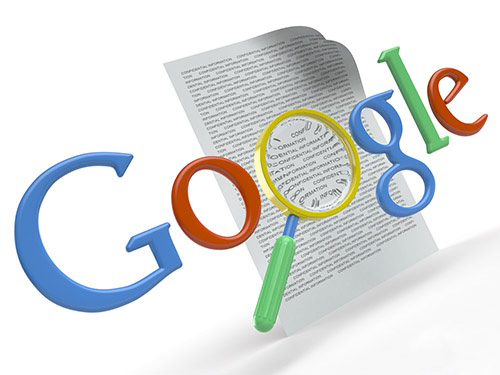 Facebook committed the ultimate treachery and was outed yesterday for trying to plant a Google smear campaign. PR firm Burson-Marsteller was working with the social network, and admitted it had been attempting to create a media scandal regarding Google’s social networking plans and how it is obtaining and distributing user information. As we all now know, the entire thing backfired and Facebook is left looking utterly sleazy.
Facebook committed the ultimate treachery and was outed yesterday for trying to plant a Google smear campaign. PR firm Burson-Marsteller was working with the social network, and admitted it had been attempting to create a media scandal regarding Google’s social networking plans and how it is obtaining and distributing user information. As we all now know, the entire thing backfired and Facebook is left looking utterly sleazy.
In the midst of simultaneously ridiculing and feigning shock (what? A highly competitive and mutli-million dollar company is capable of such underhanded tactics?!) at the whole mess, it seems like consumers have completely turned a blind eye to the very issue Facebook was trying to bring attention to – Google’s Social Circle.
Not much has been said about the product, and while it’s less controversial than Facebook and the reportedly scummy PR firm wanted us to believe, it does warrant a little attention. The Daily Beast, which originally broke the story, describes Social Circle as a tool “which lets people with Gmail accounts see information not only about their friends but also about the friends of their friends, which Google calls ‘secondary connections.’” This used to be the case with Facebook: When the site first launched–way back when it was exclusively available to college kids–you were free to peruse the profile of friends and their friends and the friends of their friends – so on and so forth. But as the site grew, so did its privacy options, and now users are able to restrict access to their profiles to (generally) their desired degree. Social Circle hasn’t been around terribly long, launching last year, so it seems possible it’s in a similar early stage before its larger debut and hasn’t fine-tuned its privacy options, or made them as clear as need be – something Facebook has had plenty of experience with as it’s grown. The difference is that when Facebook began, it was brand new; Google’s been around, it already has a massive user base and loads of user data to expose, things Facebook didn’t have in its infancy.
You’ve may have already investigated Social Circle and its accompanying information, but we thought it was worth another look and a few reminders. It’s important to know that if you have a Google profile, any Internet account you log into with your Gmail address is available to your contacts and their contacts. This means Facebook, Twitter, Google Reader, blogs, LinkedIn, photo albums…the list goes on and on. And we can think of a few situations in which this is problematic: Say you have a personal blog or photo album tied to your Gmail account you aren’t comfortable with work contacts accessing. If these work contacts are tied to your Gmail account and you have a Google Profile, those accounts are currently visible.

So how do you find out exactly what you’re sharing? Go directly to Social Circle; this will automatically pull up the “social connections” tab. This shows all of your contacts and their various web accounts tied to Gmail. Click on “social content” and look under the header “content from links that appear on your Google profile (2).” Here you will see what exactly is viewable. How or if you can make any of this inaccessible to secondary contacts isn’t clear yet; all that Google will say to clarify is: “You don’t control secondary connections directly. The only way to remove them is to remove the connecting friend(s).”

In its descriptions of these features, Google uses a lot of “mays,” i.e.: “Your public content may appear in their social search results,” and “[your public content] may be associated with your name as it appears on your Google account.” It’s obvious Google hasn’t fully launched its social service, which is probably why so much of this information and how to alter it is buried (for instance you can delete contacts, but getting there isn’t the most intuitive process). Again, none of this is altogether terribly surprising or worrisome – people who simply think they are using Google for e-mail purposes should just refresh themselves on everything they are potentially sharing by using that account as their login for other websites.
Now clearly, Facebook’s methods were wrong – highly questionable at best – and assuredly self-motivated. That said, you’re a fool if you think the big players of the corporate world don’t engage in this type of behavior. We don’t even care to imagine the sheer number of rumors and leaks in the tech world (both true and false) that are completely calculated maneuvers. But it’s still important to know where your information is and how easily accessible it is, and while Facebook is often found guilty of oversharing your more personal content, Social Circle is worth at least a glance.
